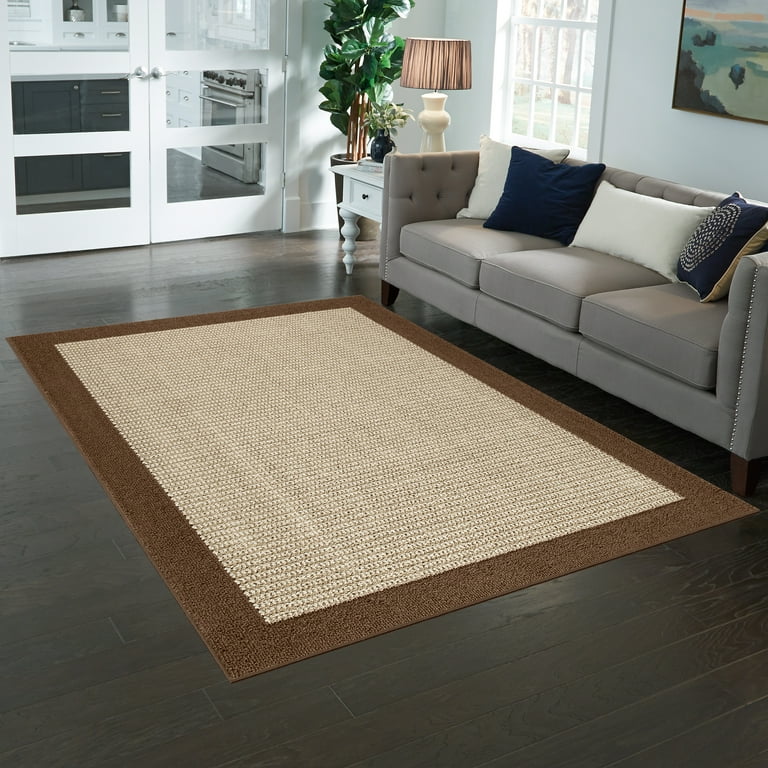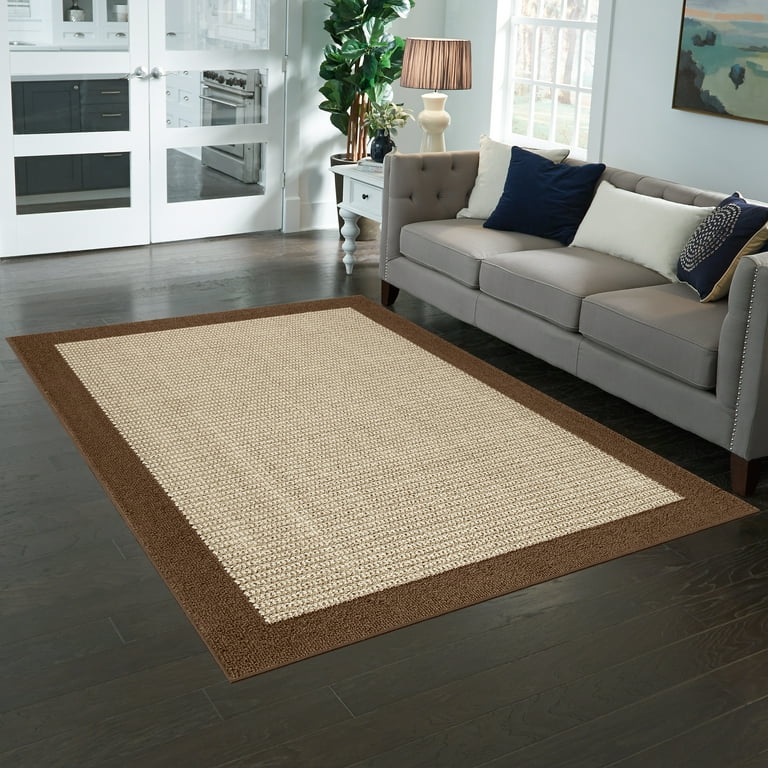When it comes to choosing eco-friendly, durable, and stylish flooring options, sisal carpets have emerged as a popular choice among homeowners and interior designers. These carpets, made from natural plant fibers, offer a unique aesthetic and numerous benefits that make them stand out from traditional carpet options. In this article, we’ll explore the characteristics of sisal carpets, their advantages, maintenance, and how to incorporate them into your home décor.
What are Sisal Carpets?
Sisal carpets are made from the fibers of the sisal plant, which is native to tropical regions, particularly Central America. The plant, known scientifically as Agave sisalana, produces long, stiff fibers that are highly durable and naturally resistant to wear and tear. These fibers are woven into mats, creating a robust and environmentally friendly alternative to synthetic carpet materials.
Sisal is known for its strength and versatility, making it ideal for carpets that need to withstand high traffic. Sisal carpets come in various textures, from fine weaves to more coarse and rustic designs, giving homeowners flexibility when selecting a carpet that suits their aesthetic preferences.

The Benefits of Sisal Carpets
- Durability and Strength
One of the primary reasons people choose sisal carpets is their durability. The natural fibers are incredibly strong, making them ideal for high-traffic areas in the home, such as living rooms, hallways, and entryways. Unlike synthetic fibers that may wear down over time, sisal is less prone to fraying or tearing, ensuring that your carpet retains its appearance and functionality for years.
- Eco-Friendly Option
In today’s environmentally conscious world, many people are seeking sustainable home products, and sisal carpets fit the bill perfectly. As a natural fiber, sisal is biodegradable and produced using minimal processing, which helps reduce the overall environmental impact. Moreover, the sisal plant itself is grown in arid regions with little need for water, fertilizers, or pesticides, making it a highly sustainable option for flooring.
- Natural Aesthetic
Sisal carpets bring a warm, natural look to any room. The unique texture and appearance of the fibers lend an earthy, organic vibe that can complement a variety of interior styles, from modern and minimalist to rustic and traditional. The neutral tones of sisal also make it easy to pair with other design elements, ensuring your carpet blends seamlessly into your home décor.
- Hypoallergenic
Another significant advantage of sisal carpets is their hypoallergenic nature. Because they are made from natural fibers, they are less likely to harbor dust mites, mold, and other allergens compared to synthetic carpets. This makes them a great choice for households with allergy sufferers or those who are sensitive to indoor air quality.
- Non-Toxic and Safe
Unlike some synthetic carpets, which may contain harmful chemicals such as formaldehyde or volatile organic compounds (VOCs), sisal carpets are free from toxic substances. This makes them an excellent choice for families with young children or pets, as they offer a safe and healthy flooring option that won’t contribute to indoor air pollution.
Where to Use Sisal Carpets
While sisal carpets are incredibly versatile, they do have some limitations. Because they are made from natural fibers, they may not be as soft underfoot as synthetic or wool carpets. However, this can be an advantage in high-traffic areas where durability is more important than comfort. Here are some ideal spaces to use sisal carpets:
- Living Rooms and Bedrooms: In these spaces, sisal can add texture and warmth without overpowering the room’s décor. It works particularly well in coastal, farmhouse, or organic modern interior designs.
- Hallways and Entryways: The durability of sisal makes it a great option for areas with high foot traffic, like hallways and entryways. It resists dirt and stains, so it can withstand the wear and tear these areas typically experience.
- Staircases: The robust nature of sisal carpets means they can be used on staircases as well. Since stairs are high-traffic areas, sisal carpets offer a reliable and long-lasting solution that enhances the overall aesthetic.
- Office Spaces: Sisal carpets are also well-suited for office environments, where both style and practicality are essential. The natural fibers add an earthy touch while maintaining durability, even in professional settings.
- Outdoor Areas: Some sisal carpets are treated to be suitable for outdoor use, making them a great option for patios or balconies. Their natural look can help create a seamless transition between indoor and outdoor spaces.
Types of Sisal Carpets
There are several variations of sisal carpets available in the market, each with its unique characteristics:
- Woven Sisal: This type of sisal carpet is tightly woven, offering a smooth surface that’s ideal for formal spaces like dining rooms or offices. The weave can vary, from fine patterns to more textured designs, allowing for greater customization.
- Flatweave Sisal: A flatwoven carpet has a more casual appearance and is easier to clean. This type of sisal carpet is often used in living rooms or bedrooms where comfort is a priority.
- Textured Sisal: For a more rustic and organic look, textured sisal carpets offer a rougher, coarser surface. These carpets bring a natural aesthetic to any space and are perfect for creating a cozy, earthy atmosphere.
- Blended Sisal: Some sisal carpets are blended with other natural fibers like wool, jute, or coir. This blend enhances the softness of the carpet while still retaining the durability and eco-friendliness of sisal.
- Patterned Sisal: For those looking for more variety, patterned sisal carpets are available in a range of designs. These can add personality and flair to any room while maintaining the natural, earthy vibe of sisal.
Maintenance and Care for Sisal Carpets
Proper maintenance is essential for ensuring your sisal carpets retain their beauty and durability over time. Here are some tips on how to care for them:
- Vacuum Regularly: Sisal carpets should be vacuumed regularly to remove dust, dirt, and debris. Use a vacuum cleaner with a soft brush attachment to prevent damaging the fibers.
- Clean Spills Immediately: Although sisal carpets are resistant to stains, it’s essential to clean spills as soon as they occur. Blot the spill with a clean cloth rather than rubbing it, as this can cause the fibers to fray or become damaged.
- Avoid Excess Moisture: Sisal is sensitive to moisture and can become damaged if exposed to excessive water. Avoid wet cleaning methods, and if the carpet gets wet, ensure it’s thoroughly dried to prevent mold growth.
- Rotate the Carpet: To ensure even wear, it’s a good idea to rotate your sisal carpet every six months. This helps distribute foot traffic more evenly and extends the lifespan of the carpet.
- Professional Cleaning: Occasionally, it’s worth having your sisal carpet professionally cleaned to restore its natural appearance. Be sure to choose a cleaning company experienced with natural fiber carpets to avoid damage.
Read also
Conclusion
In conclusion, sisal carpets offer a combination of durability, sustainability, and natural beauty that make them a fantastic choice for a variety of spaces. Whether you’re looking for a stylish option for your living room, a durable solution for your hallway, or a hypoallergenic alternative to synthetic carpets, sisal provides an excellent option. By understanding the unique characteristics and proper care techniques for sisal carpets, you can enjoy their benefits for years to come, while also contributing to a more sustainable and eco-friendly lifestyle.





